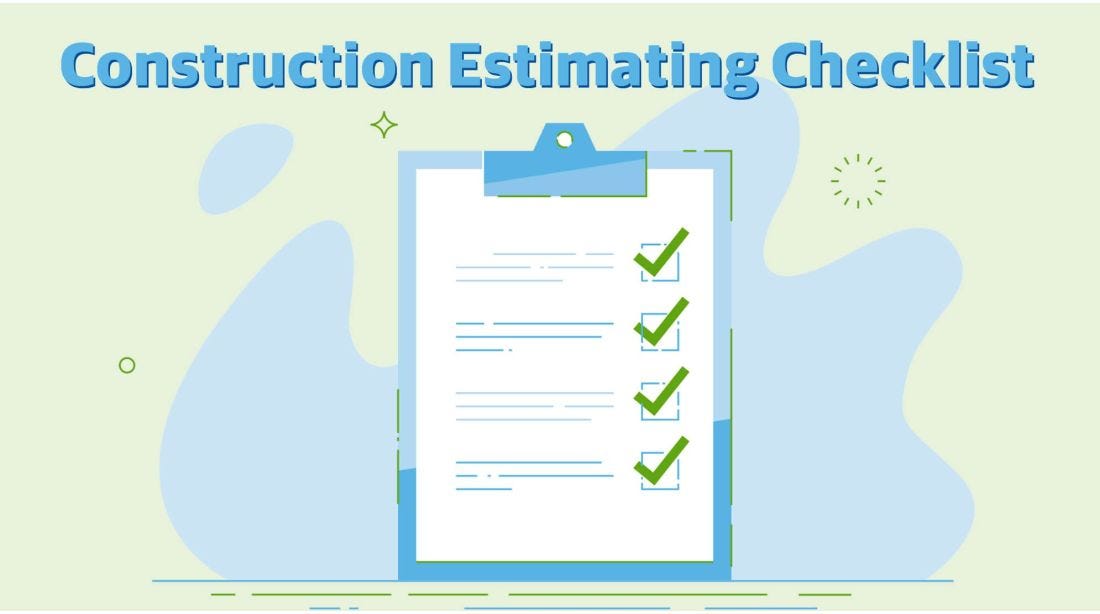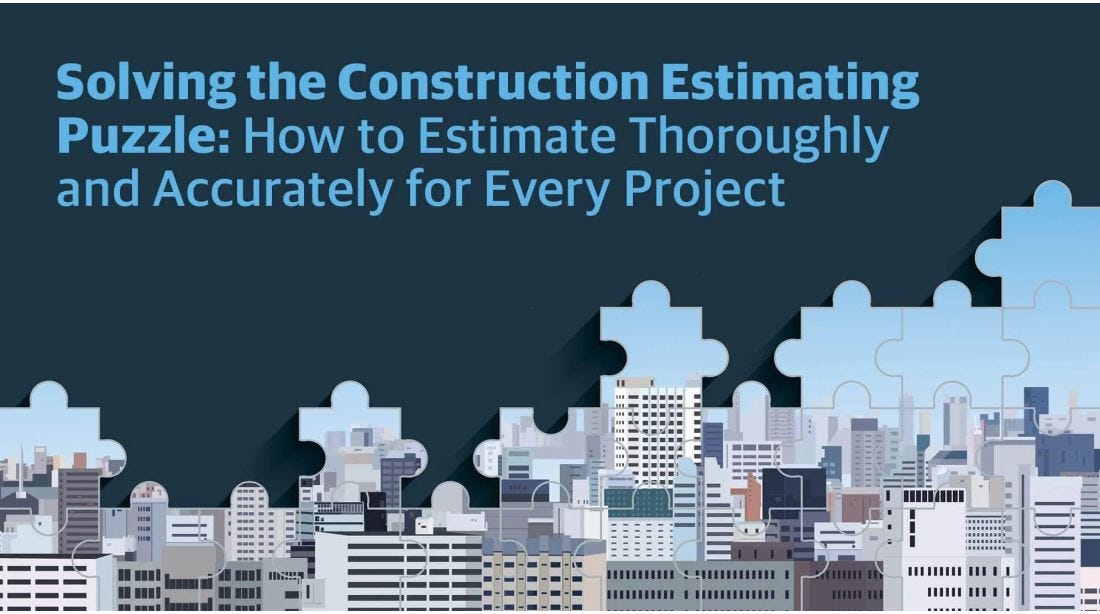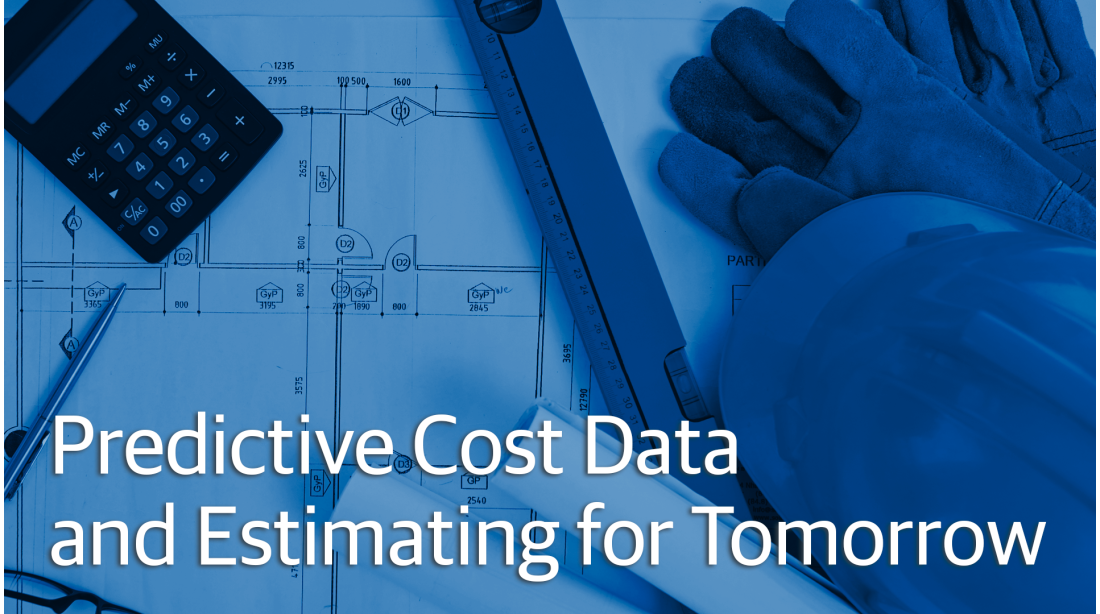Construction Cost Estimating Checklist
An accurate and reliable construction cost estimate includes a long list of line items – some of which might not be immediately obvious. But in today’s market, estimators and contractors must account for all their costs if they are going to remain competitive. That last thing they want to do is leave money on the table.
But construction estimating is complex. There are so many considerations and moving parts that it can be easy for costs to slip through the cracks. No one wants that – not estimators, not contractors and subs, not project owners. That’s why we’ve compiled a brief rundown of common construction costs and created a checklist you can use for your next project.
Know Your Expenses: Direct and Indirect Construction Costs
Let’s start with the basics. After all, you’ve got to learn to walk before you run. All costs included in a unit price estimate fall into one of two categories: direct costs and indirect costs. Often called project overhead costs, bare costs or unburdened costs, direct costs are those linked to the physical construction of a project. If you need the line item to complete the build, it’s a direct cost. Examples include materials like structural steel, lumber and copper wire, equipment like cranes and bulldozers, and labor – including subcontractor costs.
Those are the no-brainer direct costs, but there are others that are easy to omit. Take security personnel, for instance. They aren’t going to swing a hammer or turn a screw, but they play an important role on a job site. Thus, a security guard’s wages fall under the umbrella of direct costs. Other easy-to-miss direct costs include permit fees, security bonds and on-site business needs like trailers, telephone service and copy machines.
A good rule of thumb is if a line item is used at the job site, it’s a direct cost. Next, let’s look at indirect costs.
Indirect costs are incurred while completing the project, but they are not applicable to any specific task. In other words, these costs are for things that are necessary for running your construction business but not related to specific construction work.
Salaries and benefits, marketing and advertising costs, and professional certifications are all examples of indirect costs. So do any costs associated with your office, like rent, furniture and electricity. Legal services, insurance and mileage expenses fall under this category, too. In contrast to direct costs, indirect costs are typically calculated as a percentage of the total project cost and added at the end of an estimate. In essence, you cover a small portion of your main office expenses with every project.
Localized, Accurate and Complete Construction Cost Data
Direct and indirect costs will – and should - be part of any accurate and complete construction estimate. Our handy checklist will help you make sure you’ve included all the costs you need. But what about the costs themselves? Again, Gordian can help.
RSMeans Data Online, our digital construction cost database, contains more than 92,000 unit line items. That’s a lot of direct and indirect costs. These costs are localized to nearly 1,000 locations, so you’re bound to find pricing for your general area. And you can be sure the prices are accurate because our cost engineers and data experts spend 30,000 hours a year researching and verifying them. Plus, our estimating tools can help you build estimates quickly and efficiently with a user-friendly search engine and building models to help get you started. Between costs and function, RSMeans Data Online is your construction estimating Swiss Army Knife.
Download this construction cost estimating checklist to double-check your next construction estimate.





